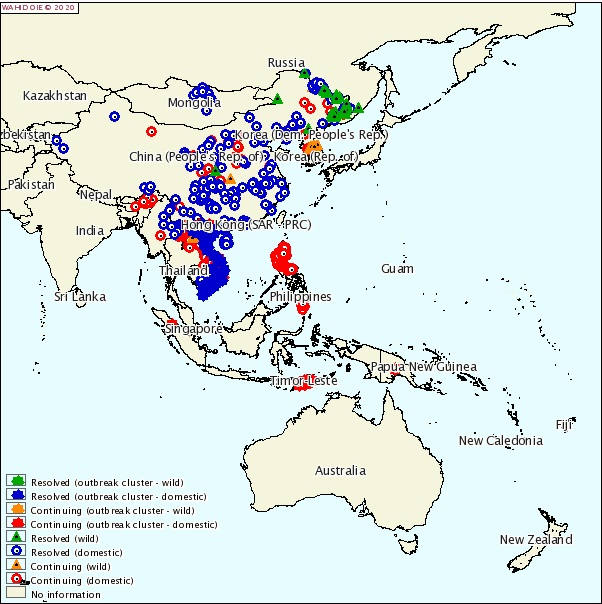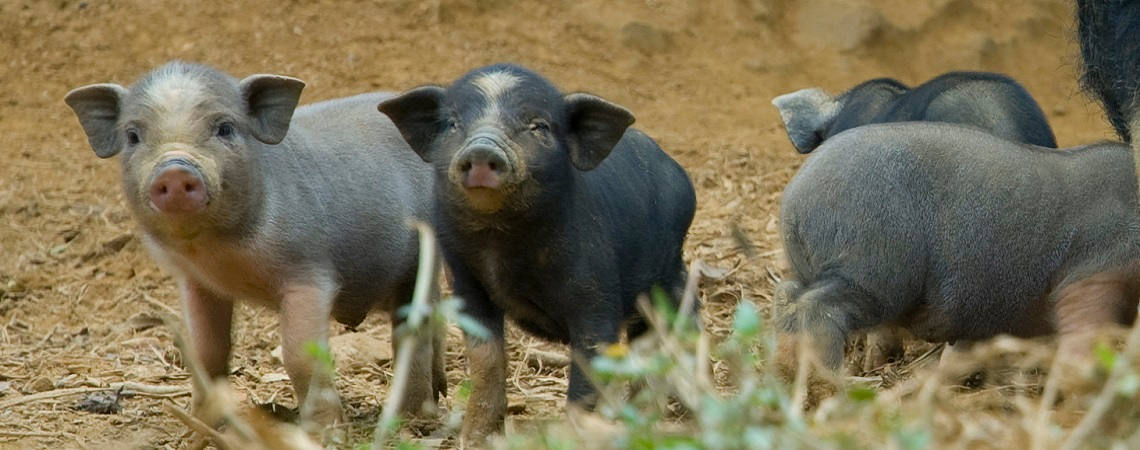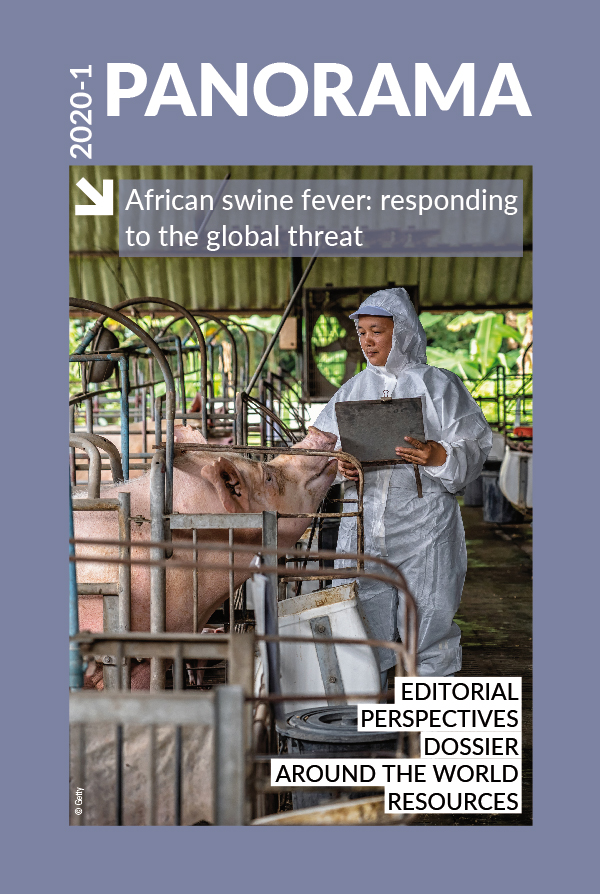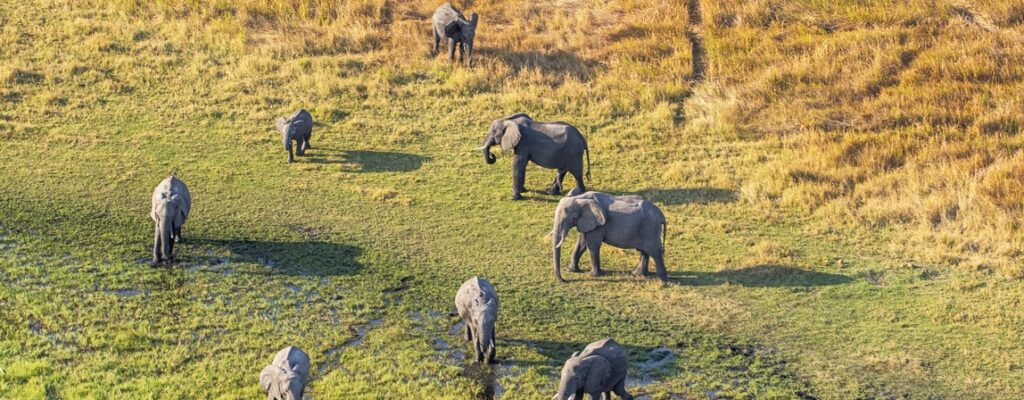Keywords
Authors
C. Holley, Regional Project Coordinator, OIE Regional Representation for Asia and the Pacific.
The Standing Group of Experts (SGE) on ASF for Europe was established in 2014 under the GF‑TADs umbrella(1) to enhance cooperation between countries affected by ASF. In close collaboration with the SGE for Europe, a similar SGE‑ASF for Asia was launched early in 2019. Its aim is to share current knowledge on ASF and the emerging situation, and to enhance preparedness and prevention activities in the region.
African swine fever is truly a transboundary disease
Since ASF was first confirmed in the People’s Republic of China in August 2018, the disease has spread to Mongolia, Vietnam, Cambodia, the Democratic People’s Republic of Korea, Laos, Myanmar, the Philippines, the Republic of Korea and Timor‑Leste (Fig. 1). The SGE‑ASF for Asia serves as a vital platform to coordinate and share information. It is working to bring together national and regional experts with experience of working on ASF and other swine diseases, as well as experts from other disciplines, such as economics, communication, anthropology and sociology. Together, it is hoped that we can better understand the drivers that influence the spread of ASF, and work towards changing the behaviours and practices that are contributing to its continuing spread.

During the first two meetings of the SGE‑ASF for Asia, technical discussions focused on current knowledge about the epidemiology of the disease, surveillance for early detection, and how to implement biosecurity and border control measures in Asia.
The third meeting was held in Vietnam in November 2019 to highlight risk communication and the socio-economic impacts of ASF in Asia. We know that the disease spreads rapidly and over long distances, mainly through human activities, so understanding the human factor is vital. During regional festivities, there is a seasonal increase in travel and food consumption, so raising awareness of ASF and how it spreads is especially important during this time.
A coordinated multilateral and multisectoral approach is needed to tackle the disease
Understanding pig production systems, cultural practices and socio-economic drivers is important if we are to more clearly understand how ASF is spreading, predict future trends and work to control the disease. ASF is truly a transboundary disease, and thus requires a coordinated multilateral and multisectoral approach to tackle it effectively.
________________________________________
(1) The Global Framework for the Progressive Control of Transboundary Animal Diseases (GF‑TADs) is a joint initiative of the World Organisation for Animal Health (OIE) and the Food and Agriculture Organization of the United Nations (FAO) that endeavours to empower global and regional alliances in the fight against Transboundary Animal Diseases (TADs), to provide for capacity building and to assist in establishing programmes for the specific control of certain TADs based on global and regional priorities.
| More information on African swine fever in Asia |
| Communication tools |
| ASF Watch |












